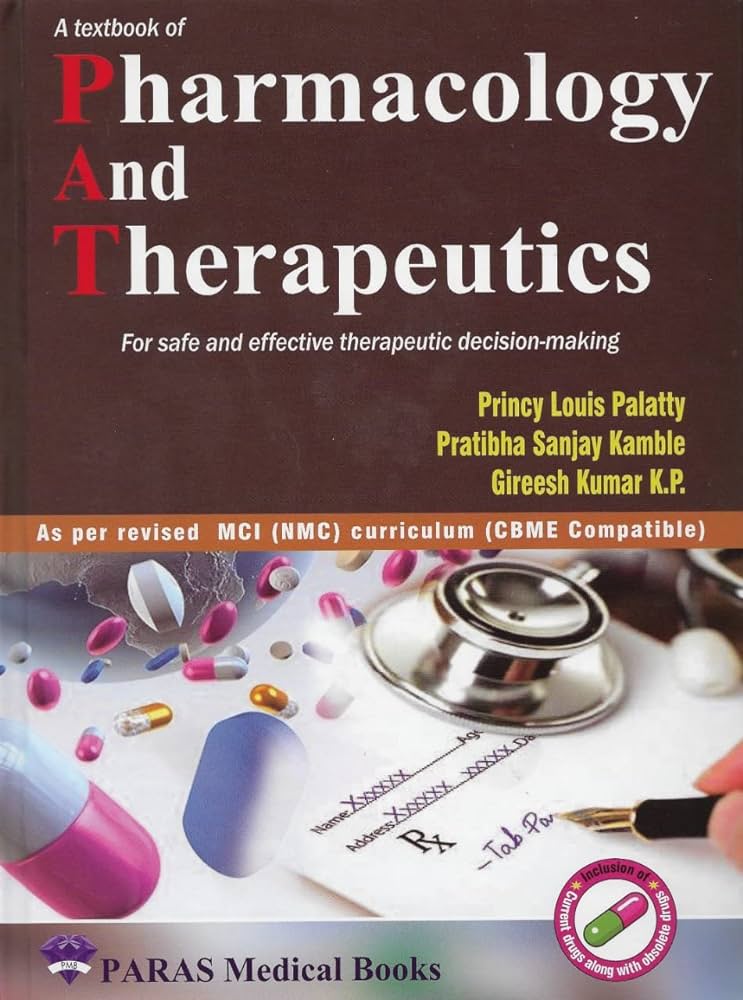Impact of G protein-coupled receptor conformation on signaling bias: Integrating simulations and biophysical experiments
IF 12.5
1区 医学
Q1 PHARMACOLOGY & PHARMACY
引用次数: 0
Abstract
G protein-coupled receptors (GPCRs) are a ubiquitous family of transmembrane proteins essential for signal transduction and serve as key targets for numerous drug classes. A single GPCR often mediates multiple, largely independent pathways, which can sometimes be selectively modulated by biased ligands that preferentially activate specific signaling routes. These molecules stabilize distinct receptor conformations, with even subtle structural variations capable of driving different cellular responses. Capturing the conformations responsible for biased signaling, however, often proves challenging with traditional experimental techniques. Recent advances in experimental methods, coupled with computational modeling, have shed new light on the structural mechanisms underlying biased signaling. This review highlights therapeutically relevant examples, focusing on mechanisms such as (i) partial occupation of the orthosteric pocket, resulting in submaximal activation, and (ii) binding to alternative sites via bitopic or allosteric compounds. Emphasis is placed on studies that integrate biophysical and computational approaches, demonstrating their synergistic potential to unravel the complexities of GPCR signaling. This combined strategy paves the way for the rational design of innovative drugs with greater precision and therapeutic efficacy.
G蛋白偶联受体构象对信号偏倚的影响:整合模拟和生物物理实验。
G蛋白偶联受体(gpcr)是一个普遍存在的跨膜蛋白家族,对信号转导至关重要,是许多药物类别的关键靶点。单个GPCR通常介导多个基本独立的通路,有时可以通过优先激活特定信号通路的偏配体选择性调节。这些分子稳定了不同的受体构象,即使是细微的结构变化也能驱动不同的细胞反应。然而,传统的实验技术往往证明捕获负责偏置信号的构象具有挑战性。实验方法的最新进展,加上计算模型,揭示了偏置信号的结构机制。这篇综述强调了与治疗相关的例子,重点是机制,如(i)部分占据矫形口袋,导致亚最大激活,以及(ii)通过双取向或变构化合物与替代位点结合。重点放在整合生物物理和计算方法的研究上,展示了它们在解开GPCR信号复杂性方面的协同潜力。这种组合策略为创新药物的合理设计铺平了道路,具有更高的精度和治疗效果。
本文章由计算机程序翻译,如有差异,请以英文原文为准。
求助全文
约1分钟内获得全文
求助全文
来源期刊
CiteScore
23.00
自引率
0.70%
发文量
222
审稿时长
90 days
期刊介绍:
Pharmacology & Therapeutics, in its 20th year, delivers lucid, critical, and authoritative reviews on current pharmacological topics.Articles, commissioned by the editor, follow specific author instructions.This journal maintains its scientific excellence and ranks among the top 10 most cited journals in pharmacology.

 求助内容:
求助内容: 应助结果提醒方式:
应助结果提醒方式:


